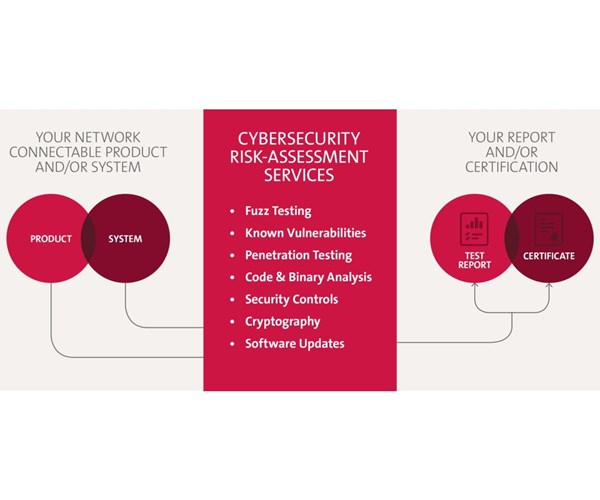Put a CAP on Cybersecurity Concerns
One notable aspect of IMTS this time around is the large number of network-connected products and systems that promise significant boosts in productivity to manufacturing companies.
Share






One notable aspect of IMTS this time around is the large number of network-connected products and systems that promise significant boosts in productivity to manufacturing companies. Industrial control systems, for example, are becoming more interconnected, connectable and networkable, thus making data-driven manufacturing a practical reality on the factory floor. However, there are growing risks that threaten the security, performance and financial return on these control systems and the equipment they run.
UL, a global safety science organization, has an answer to mitigate this concern. You can learn about it in Booth E-4135. It’s UL’s new Cybersecurity Assurance Program (UL CAP) for industrial control systems. Using the new UL 2900-2-2 standard, UL CAP is designed to provide testable cybersecurity criteria to help assess software vulnerabilities and weaknesses, minimize exploitation, address known malware, review security controls and increase security awareness. UL CAP is intended for control system manufacturers who need support in assessing security risks while they continue to focus on product innovation to help build safer, more secure products. These steps will help protect the Industrial Internet of Things. The program should benefit OEMs, machine tool builders, system integrators and retrofitters who want to mitigate risks by sourcing products assessed by an expert third party.
“We’re aiming to support and underpin the innovative, rapidly iterating technologies that make up the Industrial Internet of Things with a security program,” says Rachna Stegall, director of connected technologies at UL. “The more industrial control systems become interconnected with other devices, the greater the potential security risks. The Cybersecurity Assurance Program’s purpose is to help manufacturers, purchasers and end users mitigate those risks via methodical risk assessments and evaluations.”
Industrial control systems that meet the requirements outlined in the standard can then be certified by UL as “UL 2900-2-2 compliant.” Additionally, since security is an ever-changing challenge, UL 2900-2-2 can be used to evaluate a vendor’s processes for design, development and maintenance of secure products and systems.
Related Content
-
Leveraging Data to Drive Manufacturing Innovation
Global manufacturer Fictiv is rapidly expanding its use of data and artificial intelligence to help manufacturers wade through process variables and production strategies. With the release of a new AI platform for material selection, Fictive CEO Dave Evans talks about how the company is leveraging data to unlock creative problem solving for manufacturers.
-
5 Stages of a Closed-Loop CNC Machining Cell
Controlling variability in a closed-loop manufacturing process requires inspection data collected before, during and immediately after machining — and a means to act on that data in real time. Here’s one system that accomplishes this.
-
Reinventing a Precision Shop With a Data-Driven Mindset
When this machine shop lost 90% of its business within three months, a reinvention was in order. Here's how it survived after quickly falling on hard times.





















